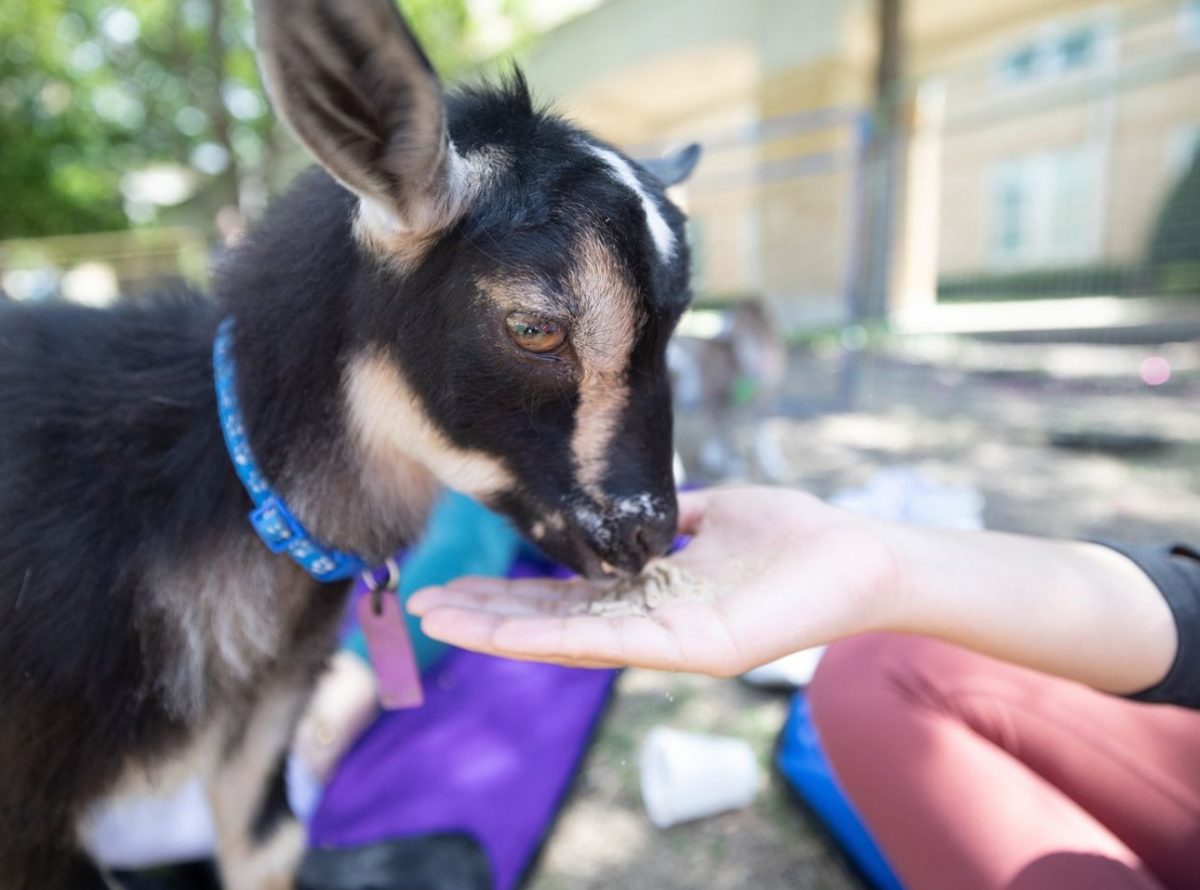TCU Allies, a group of faculty and staff in support of LGBTQ issues, is writing a document proposing improvements toward LGBTQ awareness and concerns on campus and will present it to the administration for review.
Jeremy Albers, associate chaplain, said the document will outline the current climate toward the LGBTQ community on campus and the possibilities of a future LGBTQ resource center for students with a full-time staff position.
LGBTQ stands for lesbian, gay, bisexual, transgender, queer and questioning. Within the community, “queer” is generally accepted as anyone who may not identify with society’s accepted labels of sexual or gender identity and is also used as an umbrella term for sexual minorities, Albers said. Those “questioning” are people who are struggling to define their sexuality and understand their emotions, he said.
Daniel Terry, director of women’s and men’s programs and facilitator of the committee, said there are students who are “out” or uncertain of their orientation who do not feel comfortable on campus and fear what will be said or how they will be treated in the classroom.
Chuck Dunning, director of TCU Transitions, said the document is very much a work in progress, with the first draft expected to be completed within six weeks and the final document ready for publication by the end of May. Once completed, Allies and administration will work together to address the issues presented, he said.
Dunning said a resource center would provide a central location for concerned students or those in need of counseling as well as offer books, hold meetings and allow students to interact with supportive faculty and staff.
“It provides a physical manifestation of the university’s commitment to the students who have concerns with LGBTQ issues,” Dunning said. “We’re also talking about student allies who identify themselves as straight but still want to be advocates or sources of support for students who aren’t straight.”
Terry said that as students graduate, the level of activism fluctuates too much to maintain inertia. Creating a more welcoming atmosphere on campus depends on appointing a full-time director for LGBTQ matters, especially someone trained in counseling and organizing for the college community, he said.
Albers said some of the speculations for improvement include the addition of unisex bathrooms for those undergoing gender identity transformations, efforts to include sexual orientation and gender identity training at orientation and dealing with diversity in the workplace.
“We’re not trying to brainwash everyone into believing a certain thing, but we are asking for a cultural sensitivity,” Albers said.
Demand or expenses shouldn’t be a factor because one can’t name the magical number that warrants attention, Albers said.
“If we’re really going to value diversity, we need to lift up and recognize the smaller and larger minorities,” he said.
Dunning said he wants to create networks between local and national organizations, such as the Fort Worth chapter of Parents, Family, Friends of Lesbians and Gays and the Consortium of Higher Education LGBT Resource Professionals, a national organization that supports and develops programs and policy changes in support of LGBTQ issues on college campuses.
Dunning said the idea of writing a formal document came about after a meeting Allies held with Don Mills, vice chancellor for student affairs.
Mills said the university wants a safe and welcoming environment for all faculty, staff and students and that it’s doing the right thing.
“As you look into a situation, there are things that you do that you don’t realize are causing a challenge to others,” Mills said.
Mills said everything presented in the document will be given careful consideration, though adding a full-time staff position for the LGBTQ community would be a challenge.
Allies has 70 members enrolled and 30 active members, Terry said. The committee in charge of writing the document has 12 members including professors, residential staff, two alumni and two students in order to provide a broader perspective about the campus, he said.
Terry said the difficulty in determining the demand lies in the inability to assess the number of LGBTQ students on campus, especially because if a survey is conducted, it assumes everyone will be truthful about their sexual orientation or that everyone understands how to identify themselves. The rule of thumb within society is that 10 percent can be considered part of the LGBTQ population, Terry said.
Albers said the estimated number of LGBTQ students on campus could be approximately 400 students out of the estimated 8,000 total, if not higher.
Past aggression from the church has made the LGBTQ community wary of schools affiliated with the name “Christian,” Albers said. The percentage of LGBTQ people at the university is lower because it probably wouldn’t be the first choice of those students, he said.
“It’s not an oxymoron to be an LGBTQ student and a Christian or from another faith tradition,” Albers said. “The idea has been that religion has been one of the main proponents for oppression of LGBTQ students, but there’s also a message of love and acceptance.”




